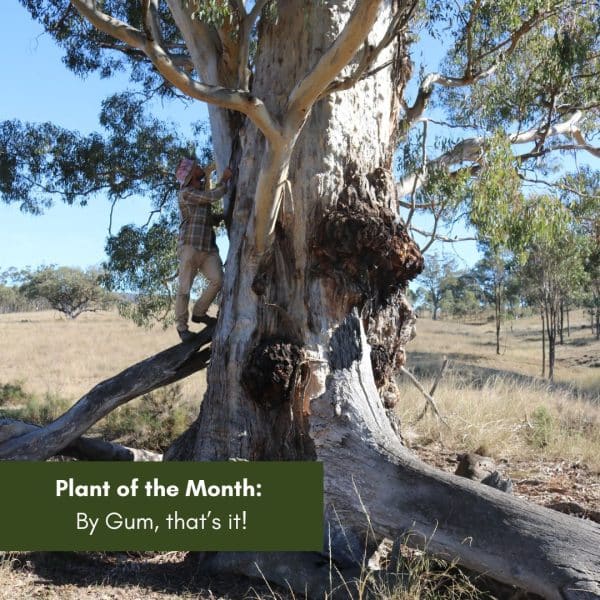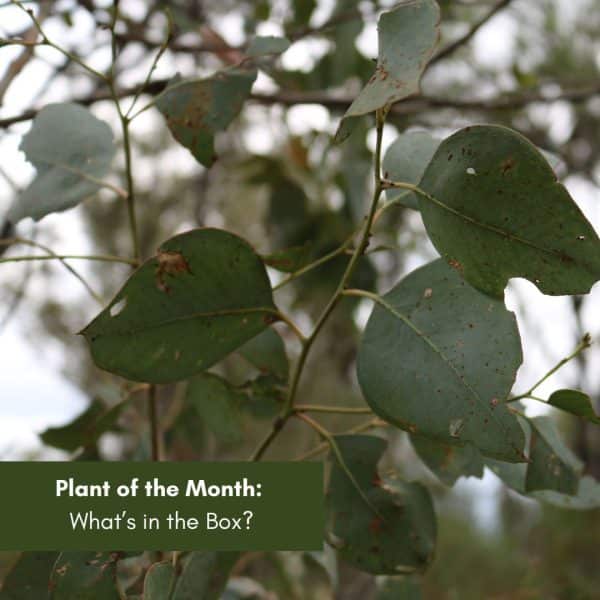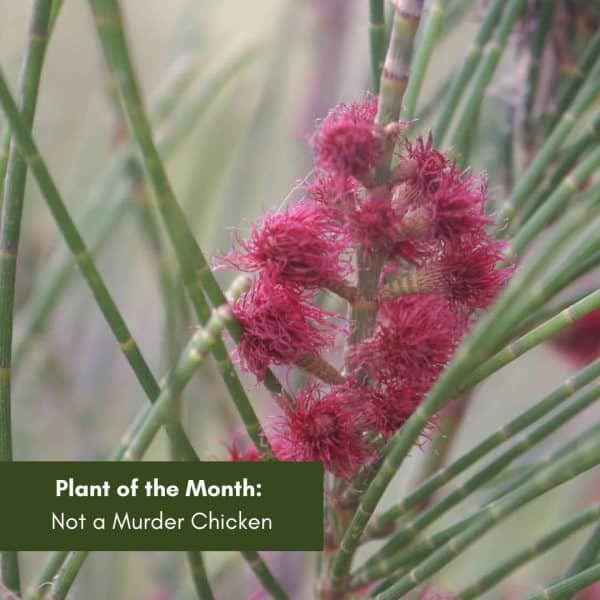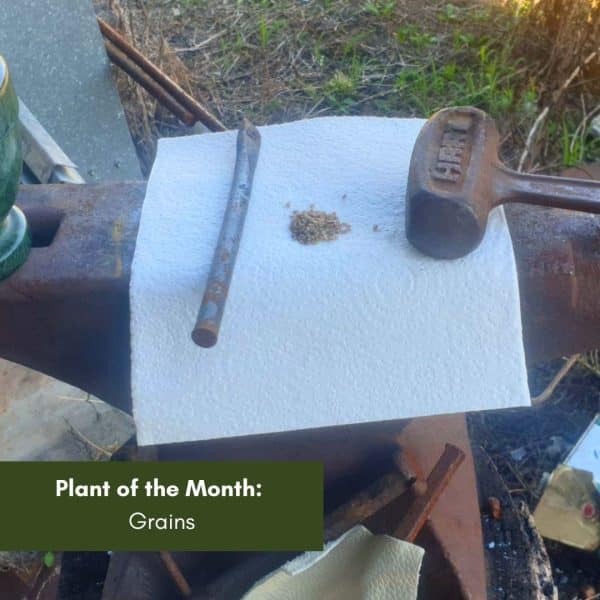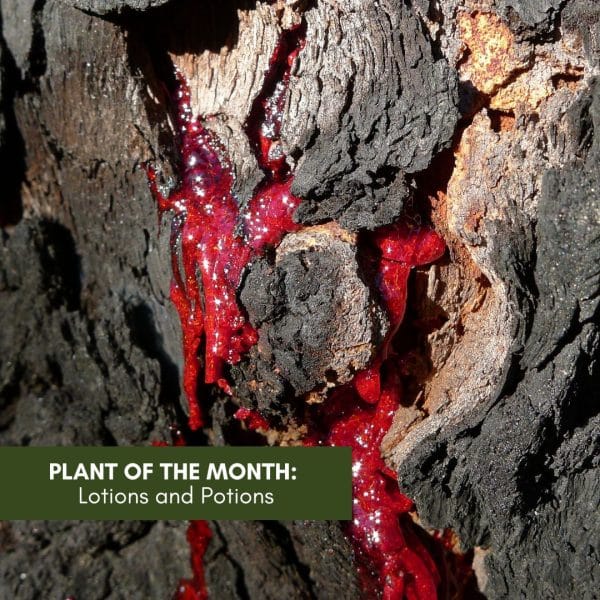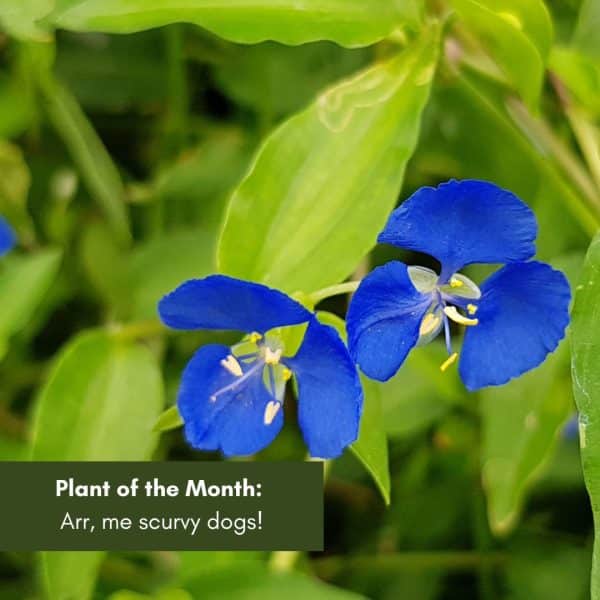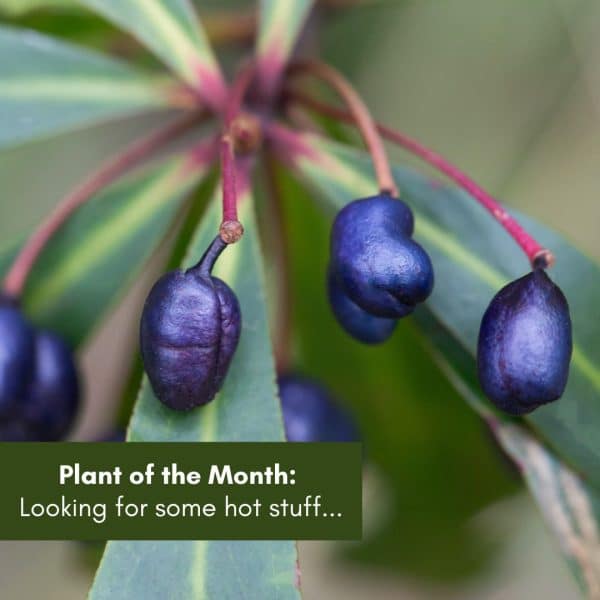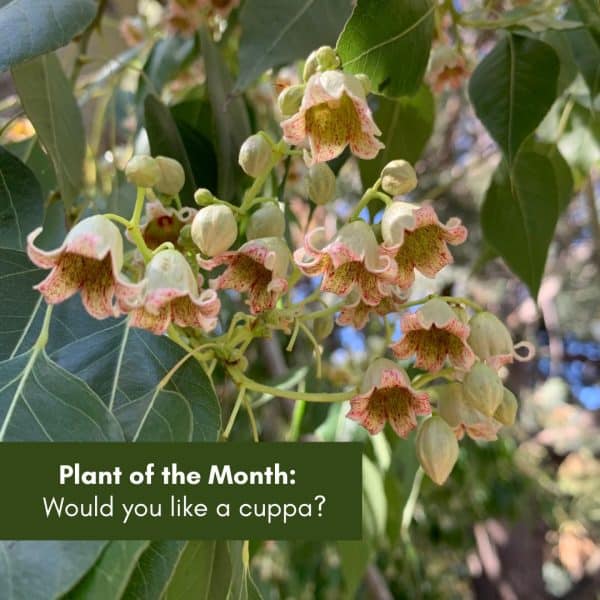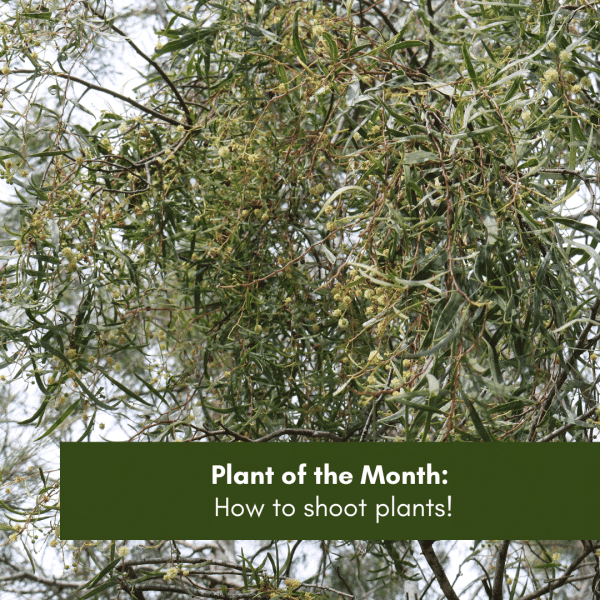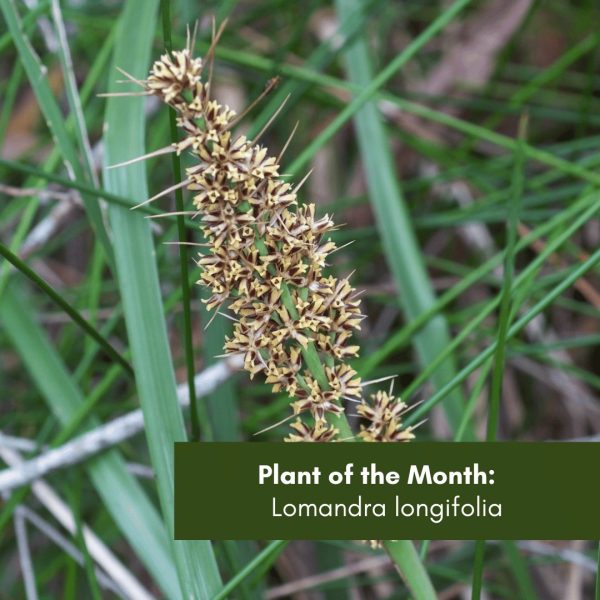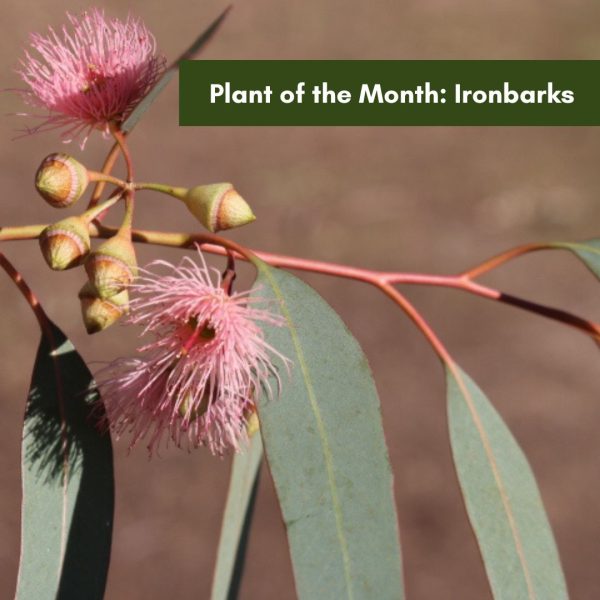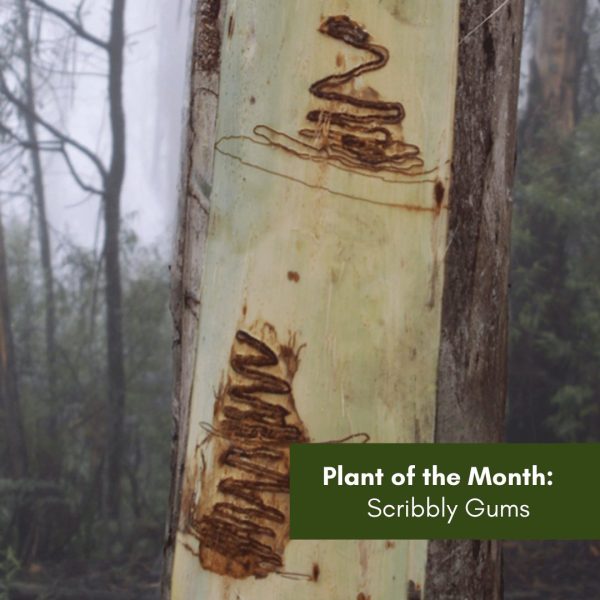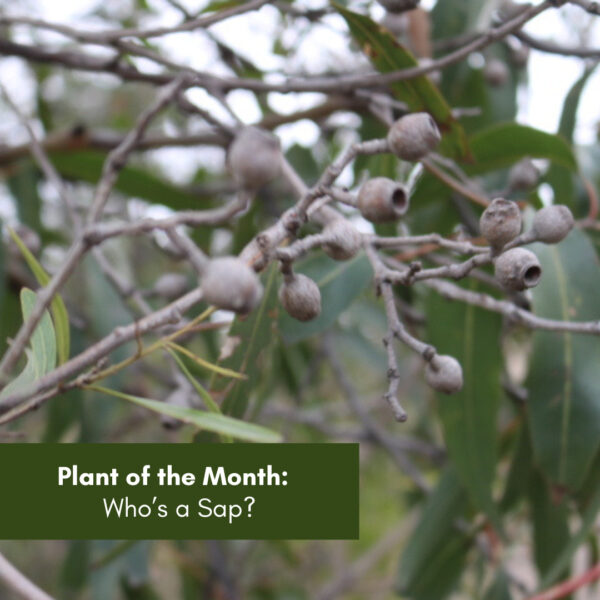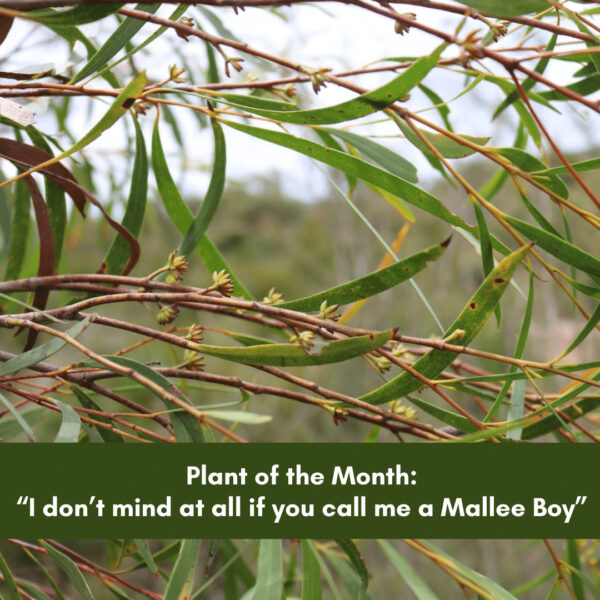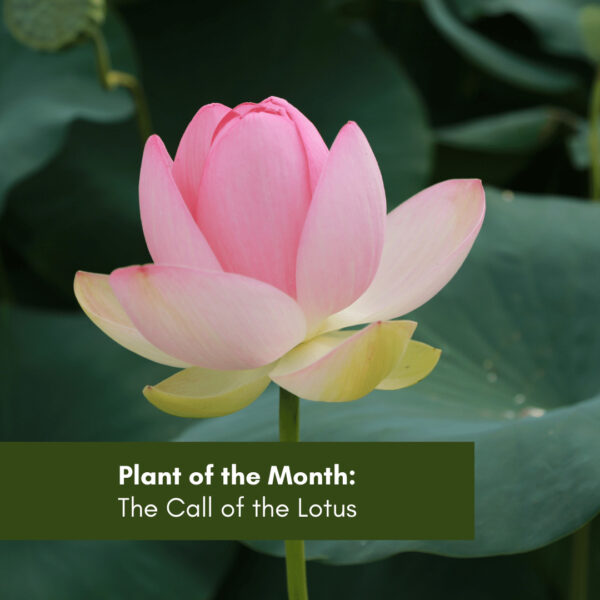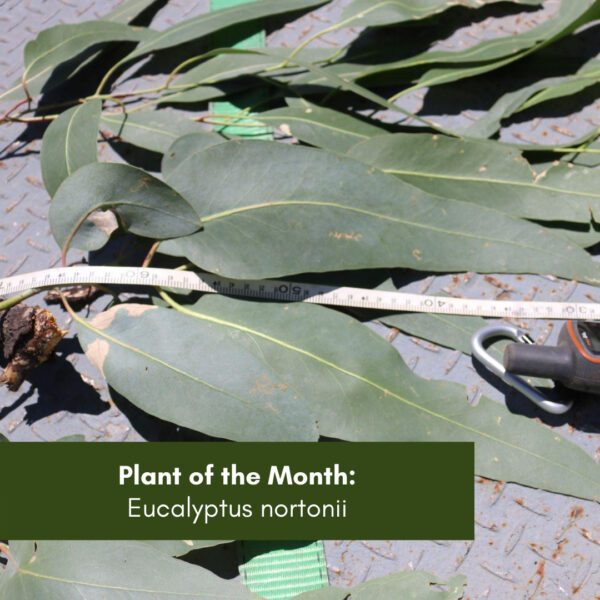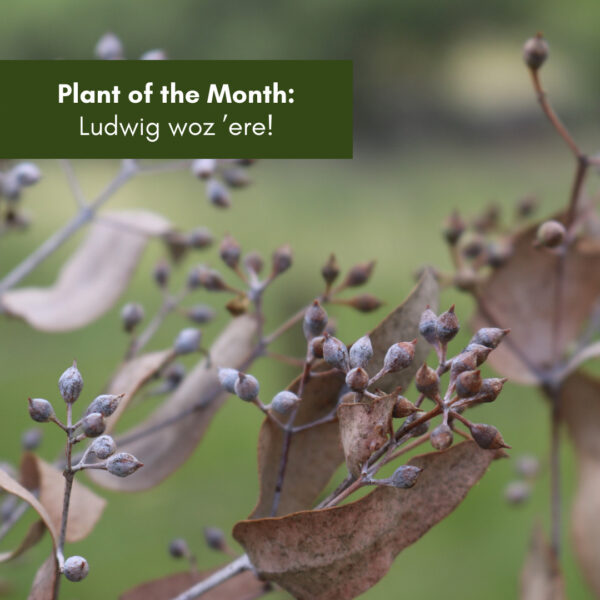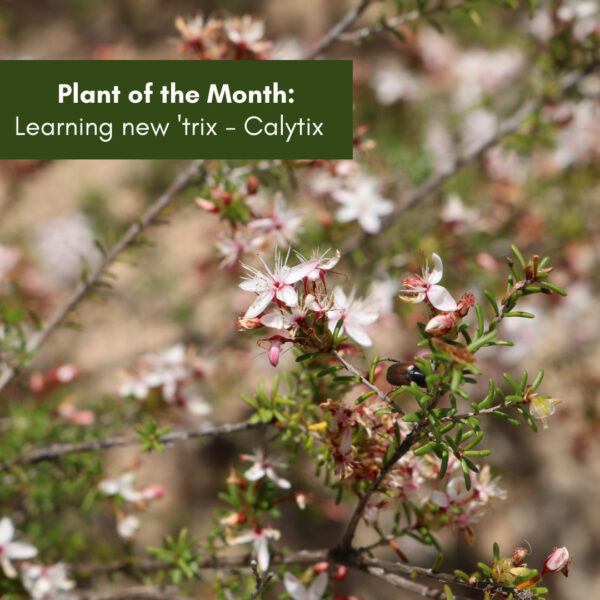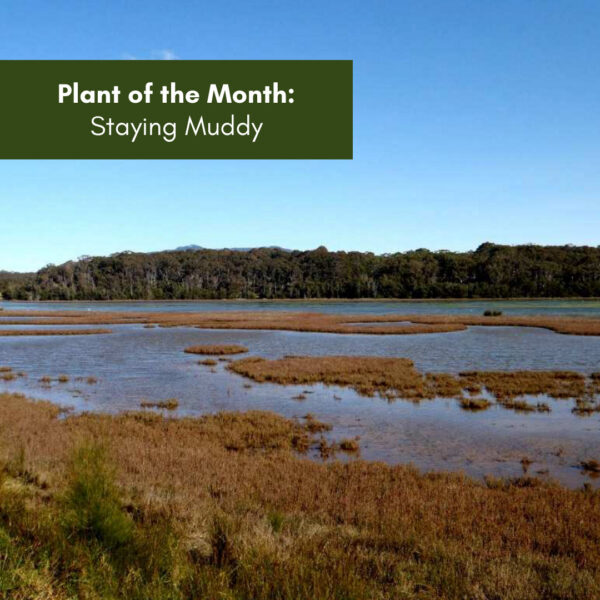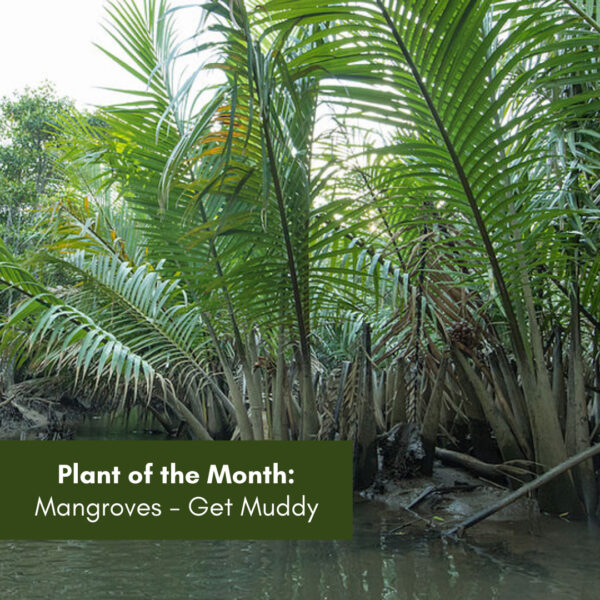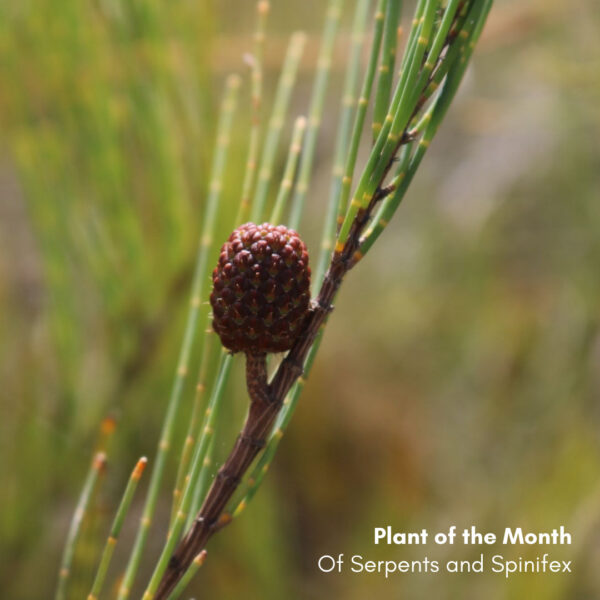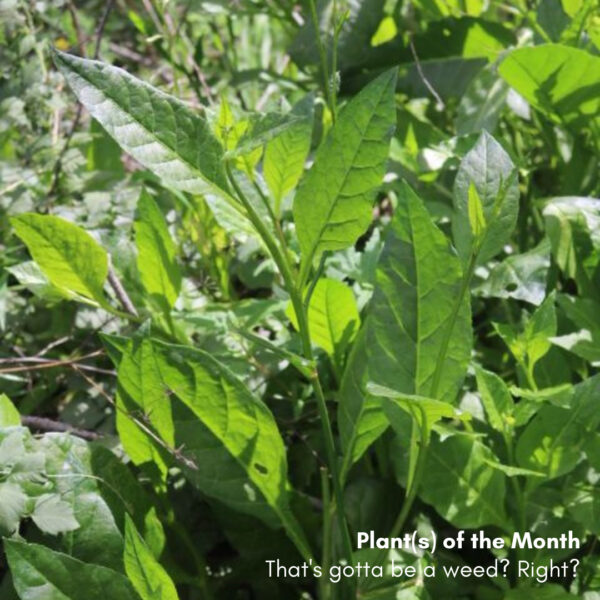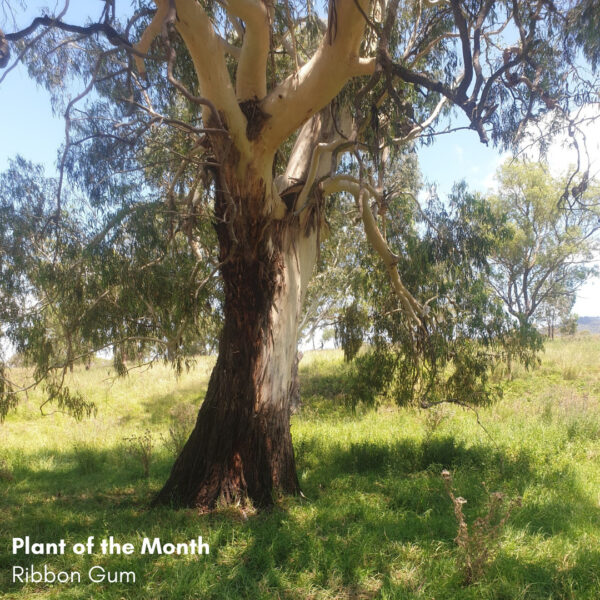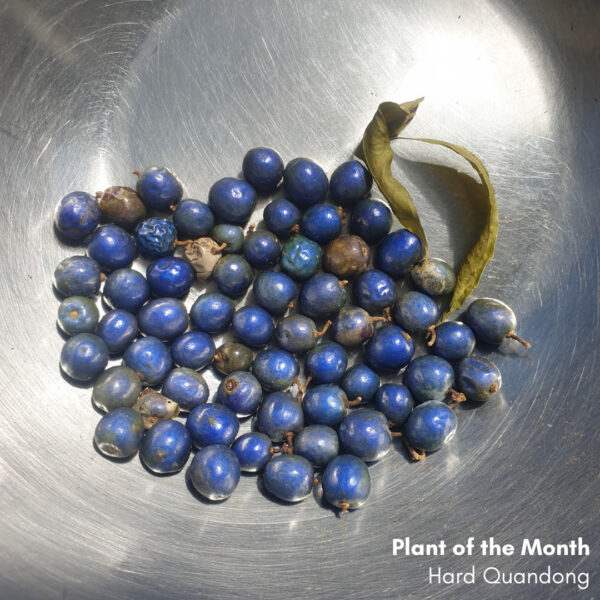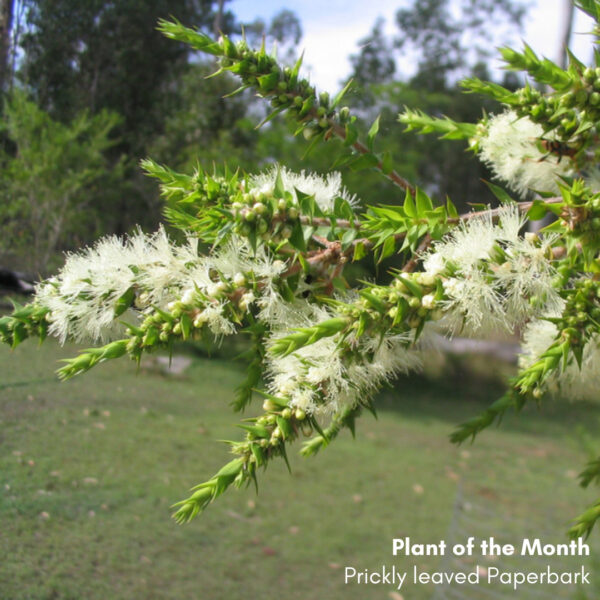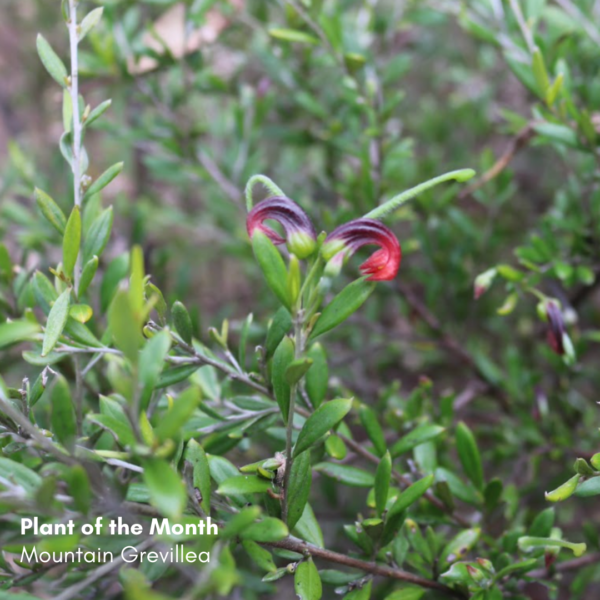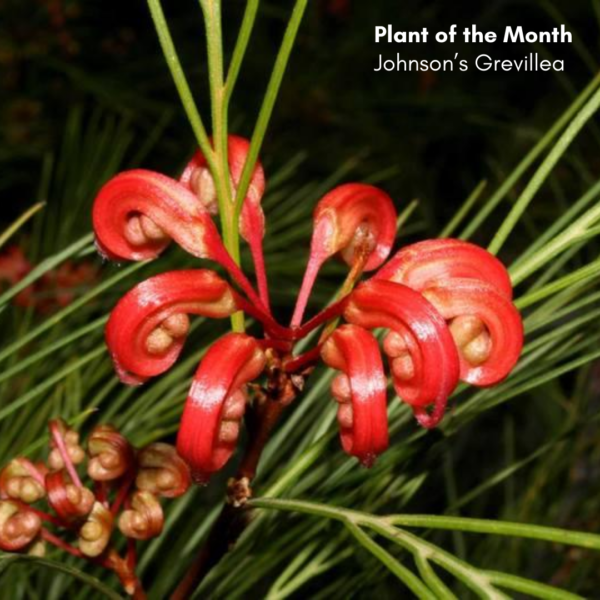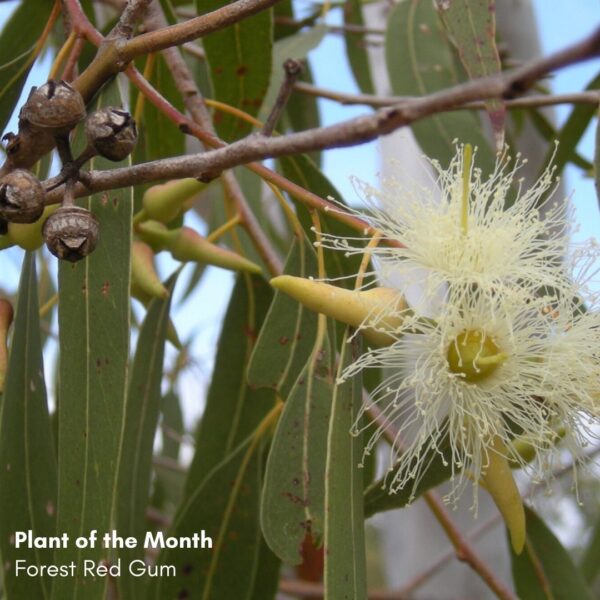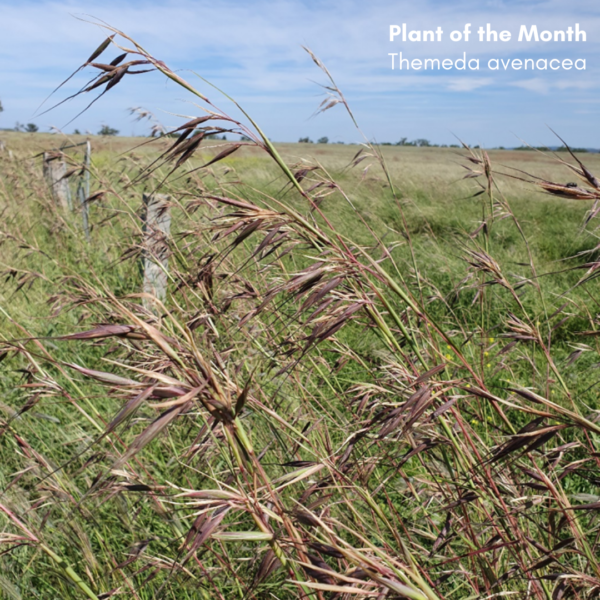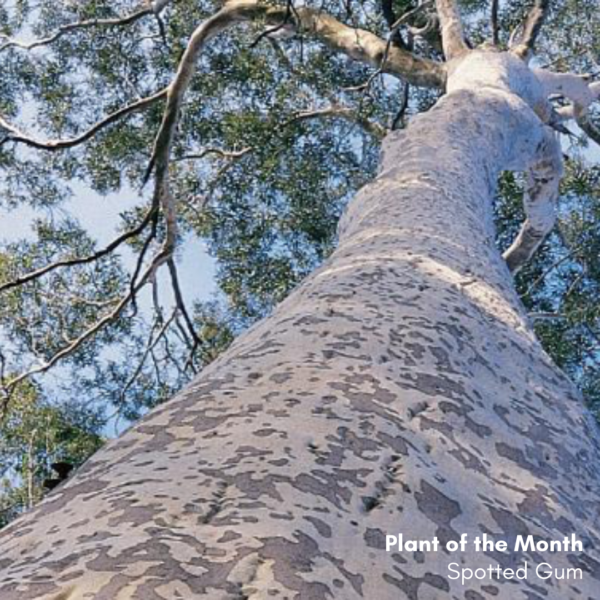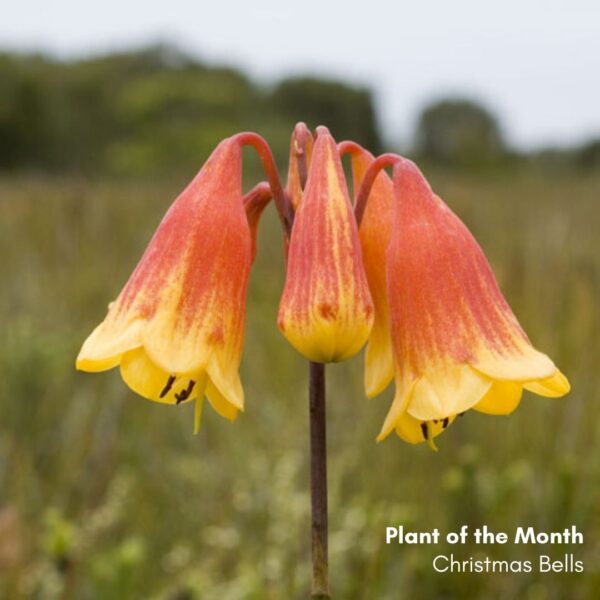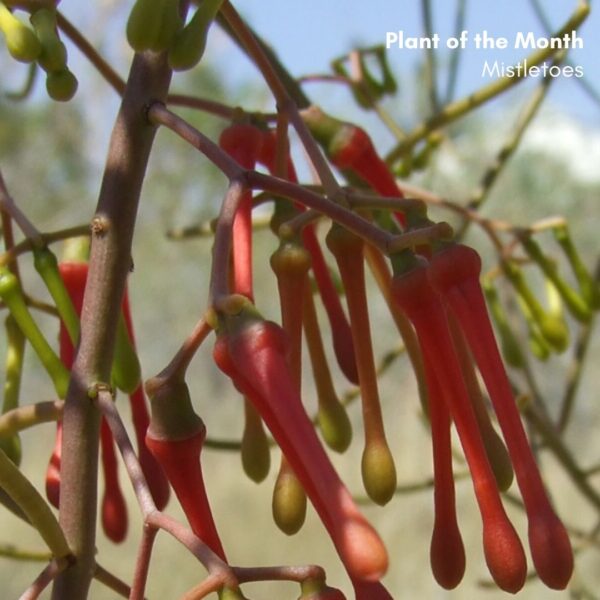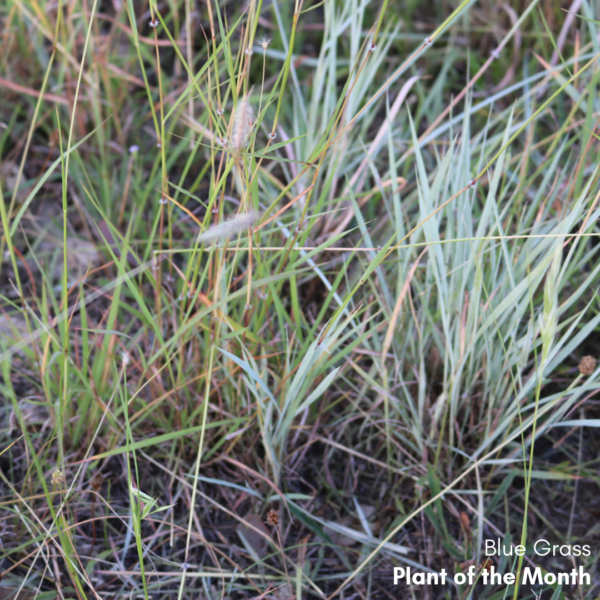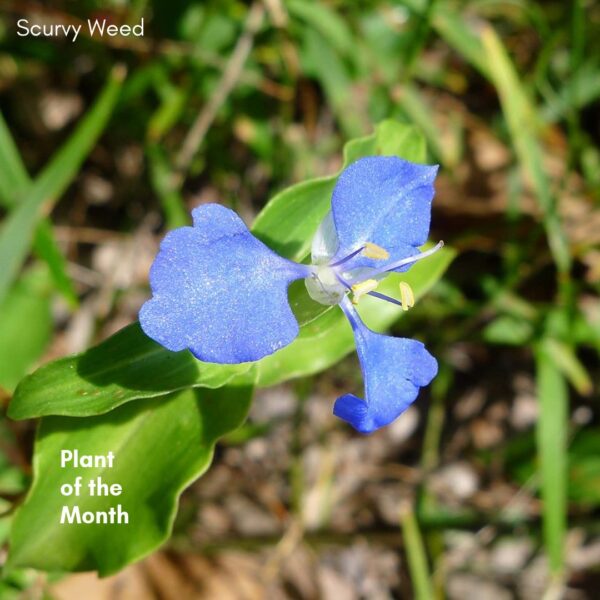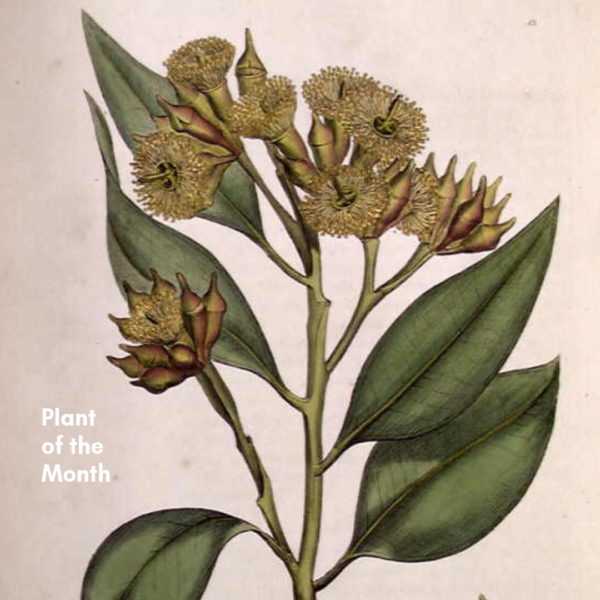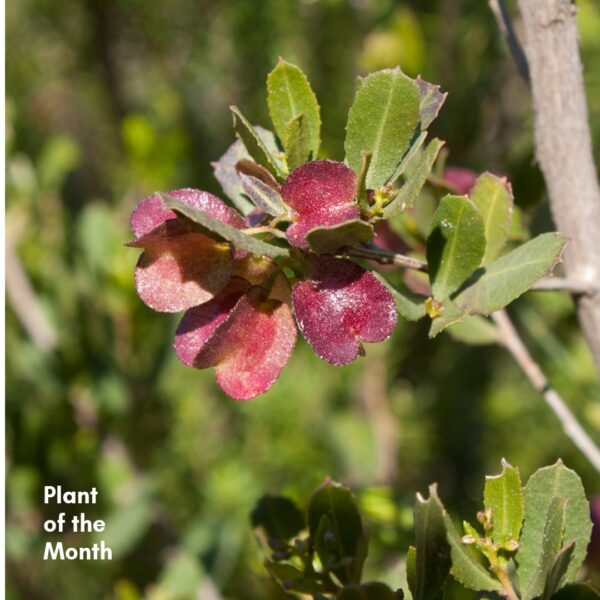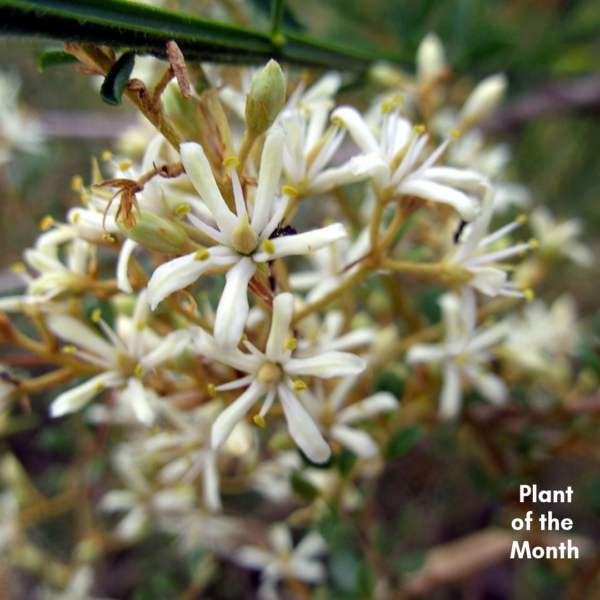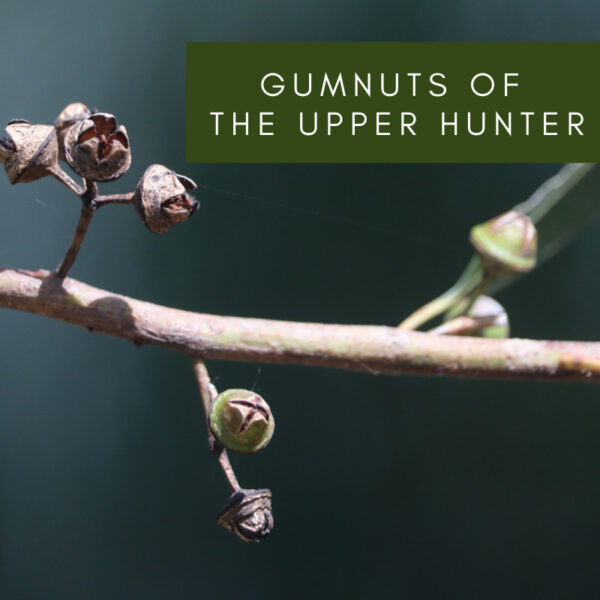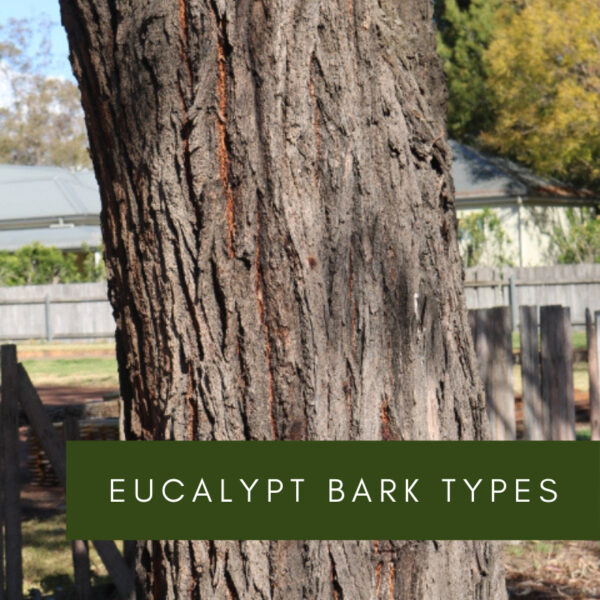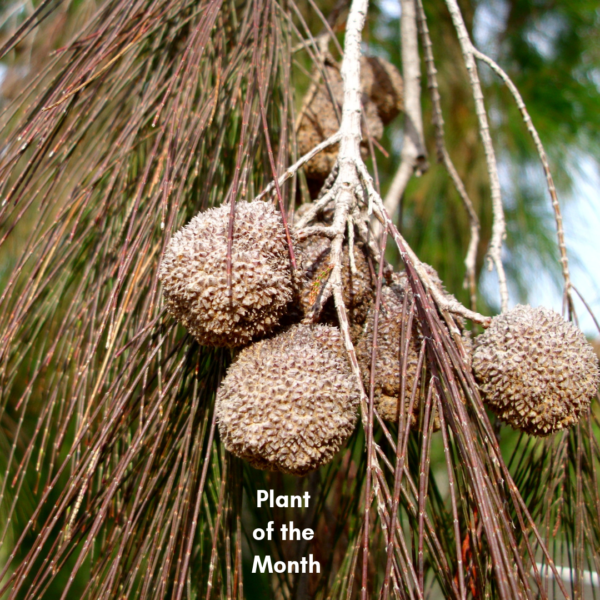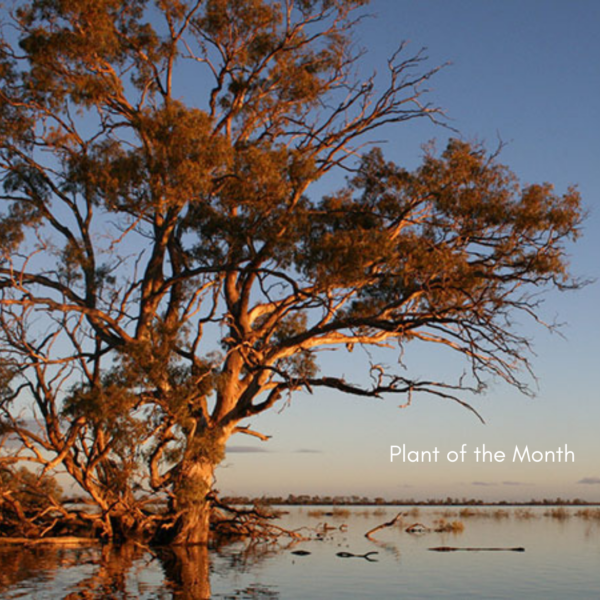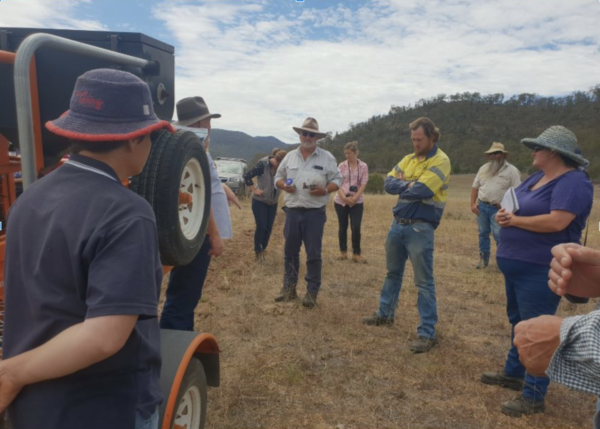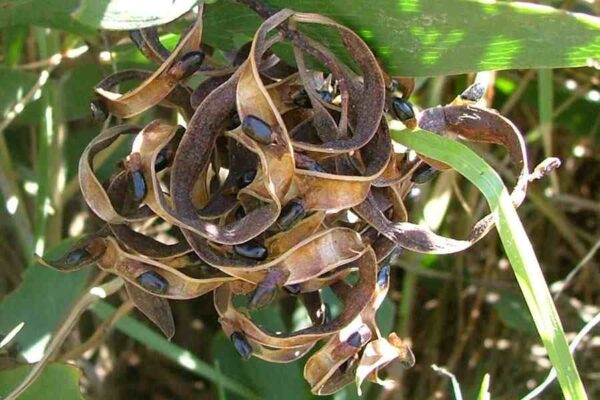Plant of the Month
Plant of the Month: What’s in the Box?
This month I’m back to our rather slow series of keys to the Eucalypts of the Hunter. if you’ve missed (or forgotten) I’ve previously done keys to Ironbarks, Scribbly Gums, Mallees, Bloodwoods (Corymbia) and the Apples (Angophora). This month we’re looking at the... read morePlant of the Month – Grains
Sigh, I was wr….. Not exactly right…. You know how you’ve been telling people stuff for almost 30 years and no one’s ever corrected you and finally you get around to trying it and…… Grains have been quite a common food item across many cultures, high in carbohydrates... read morePlant of the Month: Lotions and Potions!
I generally keep away from the medicinal uses of native plants as there’s a lot of cultural significance and sometimes ceremony attached to the use and preparation of them, but there are a few I refer to as “first aid plants” which I find are quite useful to have a... read morePlant of the Month: Arr, me scurvy dogs!
Ok, so it’s a little early for International Talk Like a Pirate Day but one issue for pirates, other seafarers and more than a few landlubbers was the disease of scurvy brought about by lack of Vitamin C in the diet, this was a big issue in the Royal Navy till young Jimmy Cook had lemons, limes and sauerkraut as mandatory dietary items for his underlings as they bobbed about the world’s oceans (“no dessert for you till you’ve sucked on a lemon”).
read morePlant of the Month: Looking for some hot stuff…
If you’re a late Boomer or early Gen Xer you’ve probably now got this earworm going (Millenials and Gen Y or Z should watch as well to see what cool music really is), this month we’re looking at some native herbs and spices (some of which have been used in our current... read morePlant of the Month: Ouch, Spiky!
One of my favourite groups of plants are the Epacrids (recently lumped in with the Ericaceae), small shrubby plants with small spiky leaves, parallel venation and tubular flowers with five petals, these can be roughly divided into dry fruit and fleshy fruit with the fleshy fruited ones usually being pretty tasty.
read morePlant of the Month: In the Grip of the Grape
You may not know it but Australia has quite a few native members of the grape family (Vitaceae). We’re all familiar with Vitis vinifera (and other table and wine grapes) but less well known is that Australia is home to around 30 members of the Vitaceae family, occurring in all mainland states except South Australia (though I think they make up for it with production of Vitis vinifera).
read morePlant of the Month: Not Rocky, the Bulbine Lily (Bulbine bulbosa)
Spring is just around the corner, you may not believe me but it is, and that means the wildflowers will be out soon. One of the more spectacular ones in this area (the Upper Hunter) is the Bulbine Lily (Bulbine bulbosa) a spectacular yellow lily to around 70 cm in... read morePlant of the Month: The Tale of White Beard
Common in heathlands and sandstone areas the Bearded Heaths (Leucopogon spp) look fairly unremarkable till coming into flower and fruit. The Bearded Heath gets it’s botanical Genus Leucopogon from the Greek “Leuco-” meaning white and “pogon” meaning beard, for once... read morePlant of the Month: Big Bad Banksia Men
Big Bad Banksia Men Australian author May Gibbs cast the “Big Bad Banksia Men” as the villains of many of her stories, looking at the cones of the Old Man Banksia (Banksia serrata) it is quite easy to imagine them as heads of some creature (though I think casting them... read morePlant of the Month: Staying Muddy
Last month we were in the mud looking at mangroves, this month we’ll go slightly closer shoreward and take a look at what grows in the hypersaline environment of the Salt Marshes. Salt Marshes occur around the high tide zone, often in shallow depressions which fill on... read morePlant of the Month: Please don’t pull this one out
Another couple of plants which commonly get mistaken for weeds (and pulled out) is Flannel Leaf (Astrotricha floccosa). With a home range between Newcastle and Sydney it’s found in Dry Sclerophyll Forest on sandstone, unfortunately the leaves can have a strong... read morePlant of the Month – Of Serpents and Spinifex
Botanically the Hunter Region compares well with other regions of the world for diversity. Given our geographic location with the New England Fold Belt to the North and East and the largely sedimentary Sydney Basin to the South and West (with the Hunter-Mooki Thrust... read morePlant of the Month: Not a Weed Either!
Following on from last month’s look at a couple of “weedy looking” natives is another native which looks like a weed and unfortunately has a weedy look alike. Bleeding Heart or Homolanthus populifolius (sometimes listed as Omolanthus populifolius) is a rainforest... read morePlants of the Month: That’s gotta be a weed?
Plant(s) of the Month: That’s gotta be a weed, doesn’t it? Well….. You know how it goes, you go wandering through the bush and see a plant which just doesn’t fit in, which just by the general look of it you just know it’s gotta be a weed. So you reach down and…. NO!... read morePlant of the Month: Blackbutt
Plant of the Month: Blackbutt (Burrooma – Worimi) Eucalyptus pilularis A common tree in the Lower Hunter the Blackbutt is a magnificent tree to 70 metres tall with a natural range along the coast from around Hervey Bay in Queensland to the Victorian border. A... read morePlant of the Month: Ribbon Gum
Twenty third of March is National Eucalypt Day so with that in mind it’s time for another gum PotM. This month’s PotM is the Ribbon Gum (Eucalyptus viminalis), there’s a couple of them growing near the bridge at Bunnan on the Scone-Merriwa Road, I’ve looked at these... read morePlant of the Month: What’s in a name? Hard Quandong
(Elaeocarpus obovatus) Also known as Blueberry Ash, Whitewood, Grey Carabeen, Freckled Oliveberry and Grey Carrobeen, despite the plethora of names it is not related to the other Quandongs (Santalum spp.), Ashes (Mountain Ash, Red Ash, Claret Ash, Himalayan Ash) or... read morePlant of the Month: Melaleuca styphelioides, Prickly leaved Paperbark
Flowering now at a Hunter location near you! The Prickly leaved paperbark produces masses of creamy pale yellow flowers attracting birds, bees and butterflies. The prickly foliage provides nesting sites for small native birds. It is a medium tree to a maximum... read morePlant of the month: Antarctic Beech, Nothofagus moorei
Every now and then I get the opportunity to wander through the cool, dark, damp Antarctic Beech forests of the high country up in the Barrington Tops. The Antarctic Beech rainforests are a Gondawanan relic showing little similarity to the surrounding Snow Gum and... read morePlant of the Month: Mountain Grevillea (Grevillea johnsonii)
Grevillea johnsonii is another Hunter endemic Grevillea species, despite it’s common and botanical name I have generally found them on the footslopes rather than in the mountains.
read morePlant of the Month: Johnson’s Grevillea (Grevillea johnsonii).
Apart from my Landcare work I get a few other projects in from time to time, at the end of last week I was out in the Goulburn River National Park trying to track down a lost population of Fairy Bells (Homoranthus darwinioides)*, we didn’t manage to find that... read morePlant of the Month: Magenta Lilly Pilly
(Syzygium paniculatum). Katuba (Kattang), Daguba (Cadigal). March is a great time for fans of bushfood, Kurrajongs, Sandpaper Fig and the Magenta Lilly Pilly all ripening. This year was a good season for the Lilly Pilly here in the Upper Hunter and while I didn’t get... read morePlant of the Month: Greenhood Orchid (Pterostylis nutans)
During winter and spring, these low green orchids, endemic to Eastern Australia, emerge from the ground in great numbers in moist, protected forest environments. The flowers “nod” or lean forwards strongly and occur singly on a stem arising from a rosette... read morePlant of the Month: Forest Red Gum
Plant of the Month: Forest Red Gum (Eucalyptus tereticornis) Munumba (Worimi) Buringoa (D’harawal) A magnificent tall tree to 50 metres, the Forest Red Gum is found along the east coast of Australia from Gippsland in Victoria to Papua New Guinea. In the Hunter... read morePlant of the month: Tall Oat Grass (Themeda avenacea)
From only four known populations in the Merriwa area in the early 2000’s Tall Oat Grass has been steadily expanding it’s range from Bunnan to Scone and is now growing on Halcomb Hill near Aberdeen. A grazing sensitive species destocking during recent droughts has... read moreSpotted Gum (Corymbia maculata)
Spotted gum is one of the best known of all of the eucalypts on the East Coast of Australia because of its stately, tall growth habit and distinctive trunk which is blotched with patches of old bark contrasting with the smooth, cream bark beneath. It is provides... read moreChristmas Bells
Christmas Bells (Blandfordia grandiflora) are reasonably common in coastal heathlands with most flowering around Christmas time up to about 4 years after fires or other clearing.
read moreStanding under the Mistletoe
An interesting group of plants are the Mistletoes, parasitising their host trees for water and nutrients they are an extremely important part of the ecosystem.
read moreBlue Grass, Music to my ears.
One of the earliest summer grasses to pop up, and one of the quickest to respond to a bit of rain is one of my favourites, Blue Grass or Dichanthium sericium.
read moreWeed or native?
Going by the rather unglamorous common name of Scurvy Weed this little forest groundcover is quite common in moist areas and, unfortunately, is often mistaken for a weed species (the common name doesn’t help). Commelina cyanea, or Scurvy Weed is a common understory... read moreSwamp Mahogany
Original illustration of Eucalyptus robusta by James Sowerby (from Wikepedia) Eucalyptus robusta A firm favourite of the Koala, the Swamp Mahogany loves wet feet as it’s common name indicates. Common in coastal swamps and wet forests the Swamp Mahogany has a natural... read moreSticky Hops
Dodonaea viscosa Rather inaccurately described in “A Little Book of Latin for Gardeners” (see this month’s book review) as a “rather dull genus of evergreen shrubs” the Dodonaea genus was named after Rembert Dodoens a Flemish physician and botanist, author of the... read moreBlackthorn/ sweet bursaria
Blackthorn is not especially popular in cultivation because of its prickly habit. Bursaria will often colonise cleared land and can be mistaken for an invasive weed.
read moreGumnuts of the Upper Hunter
Bark types and gumnuts (or “fruit”) are a handy way of determining which group a Eucalypt belongs to.
read moreEucalypt Bark Types
Just as their fruits (gumnuts) can help us figure out which Eucalypt is which so can their bark, these are some commonly seen in the Upper Hunter.
read moreForest / Mountain Oak
The Forest or Mountain Oak can be identified by it’s brown corky bark, round fruit (cones) and four or five teeth on the article needles.
read moreRiver Red Gum
An Australian icon and most widespread of the Eucalypts, the River Red Gum is found near waterways over much of inland Australia and found (naturally) as far east as Hinton in the Hunter Valley.
read moreFeelin’ Seedy at Martindale
On Sunday 25th November around two dozen people got together at Martindale to talk about seedy stuff. Organised as part of Hunter Councils Nine Valleys Project, the day was to discuss and demonstrate the use of direct seeding in revegetation works.
read moreTricks to propagating wattles and members of the pea family (Fabaceae)
Wattle seeds require pre-treatment before germination will commence.
read more
